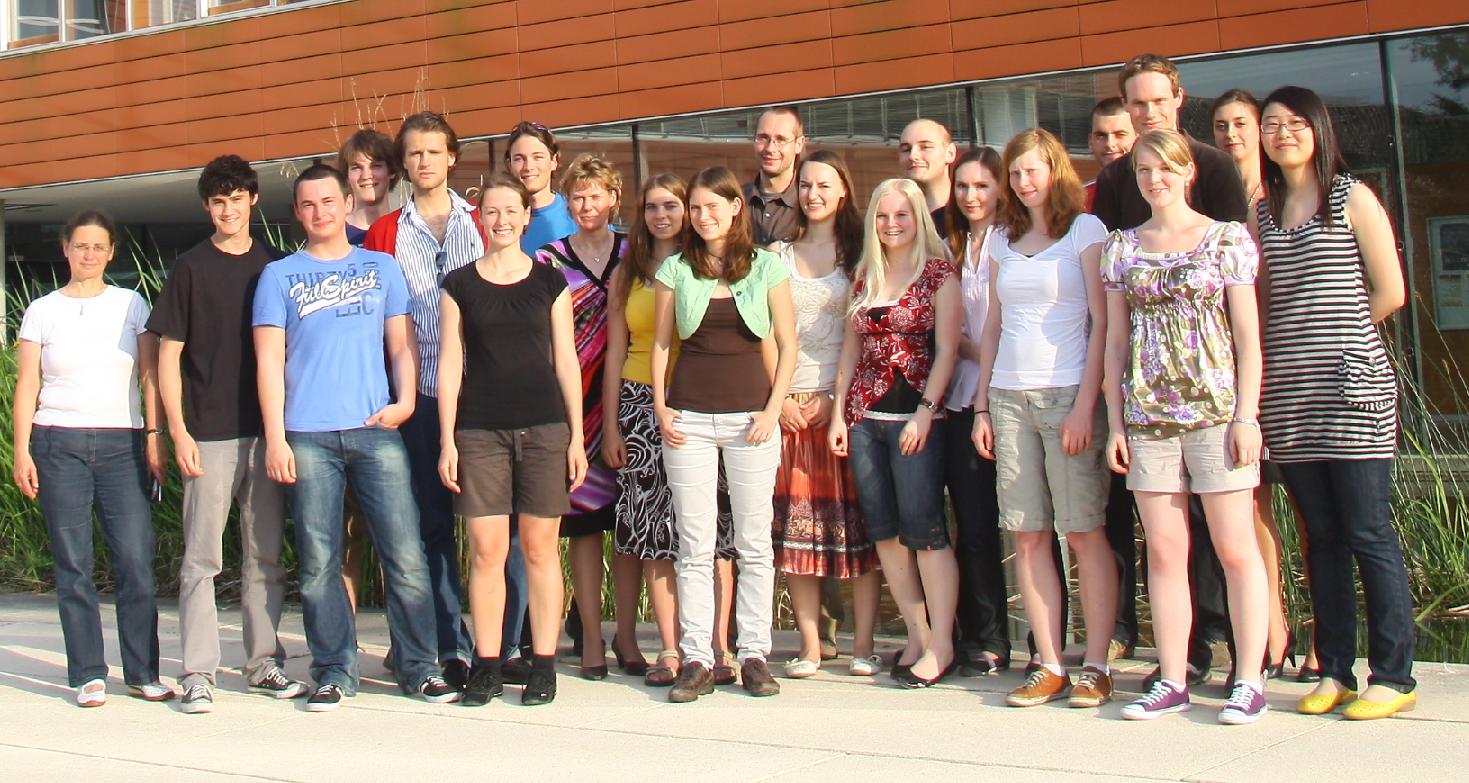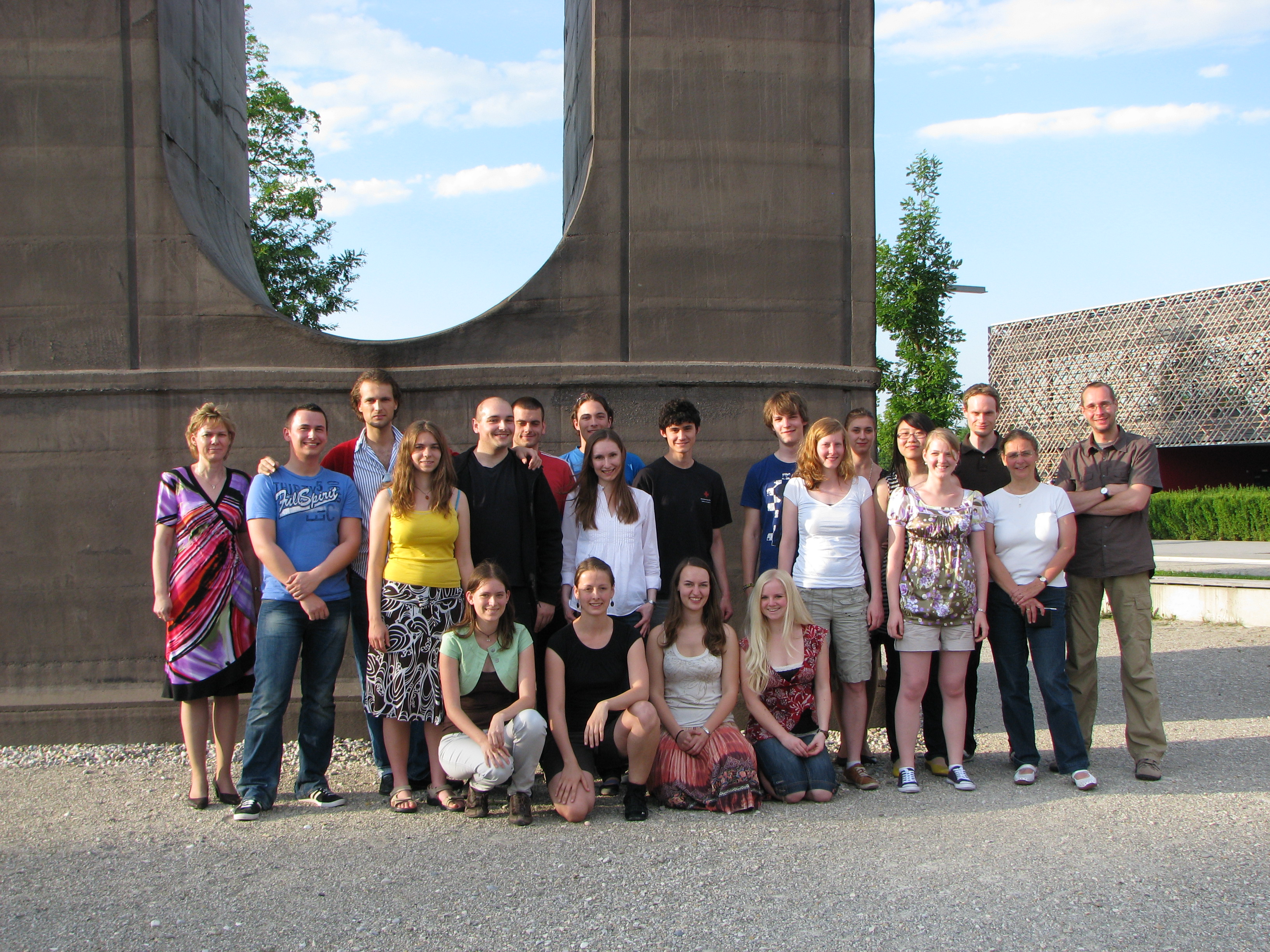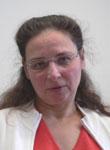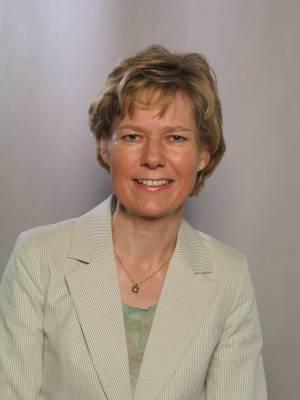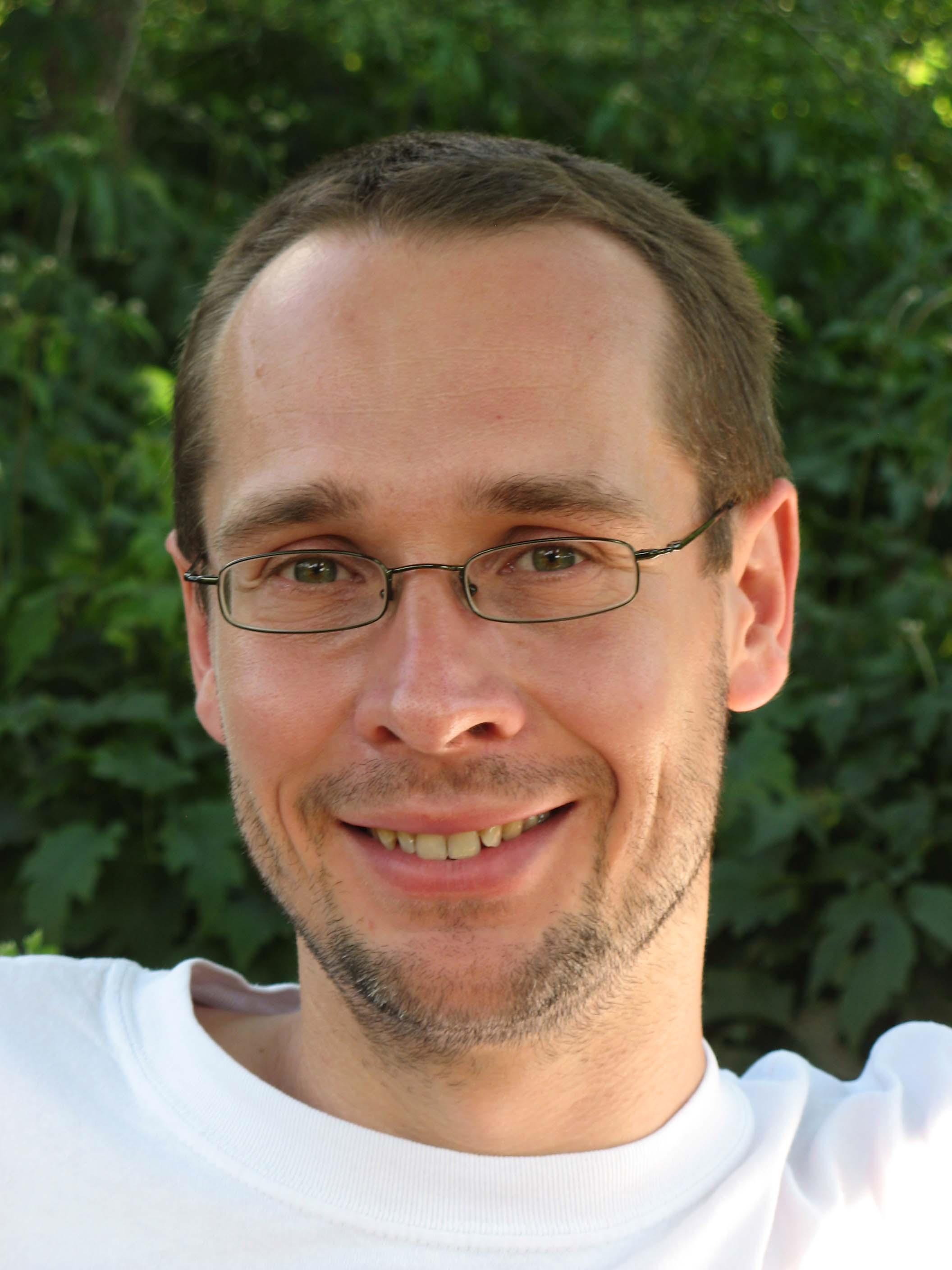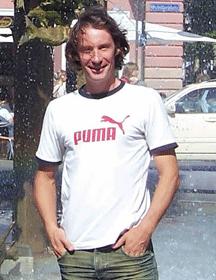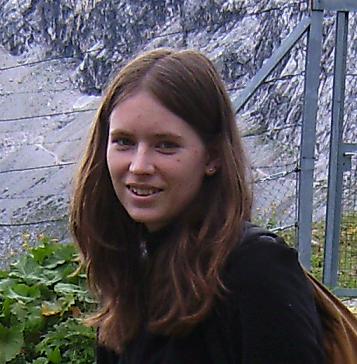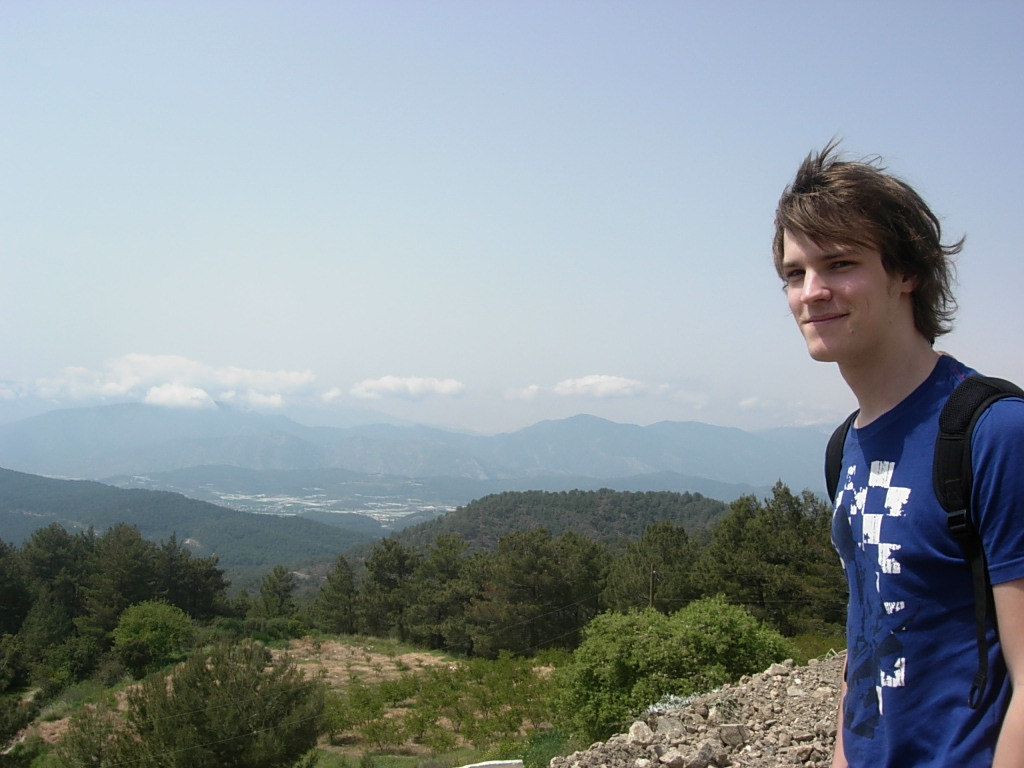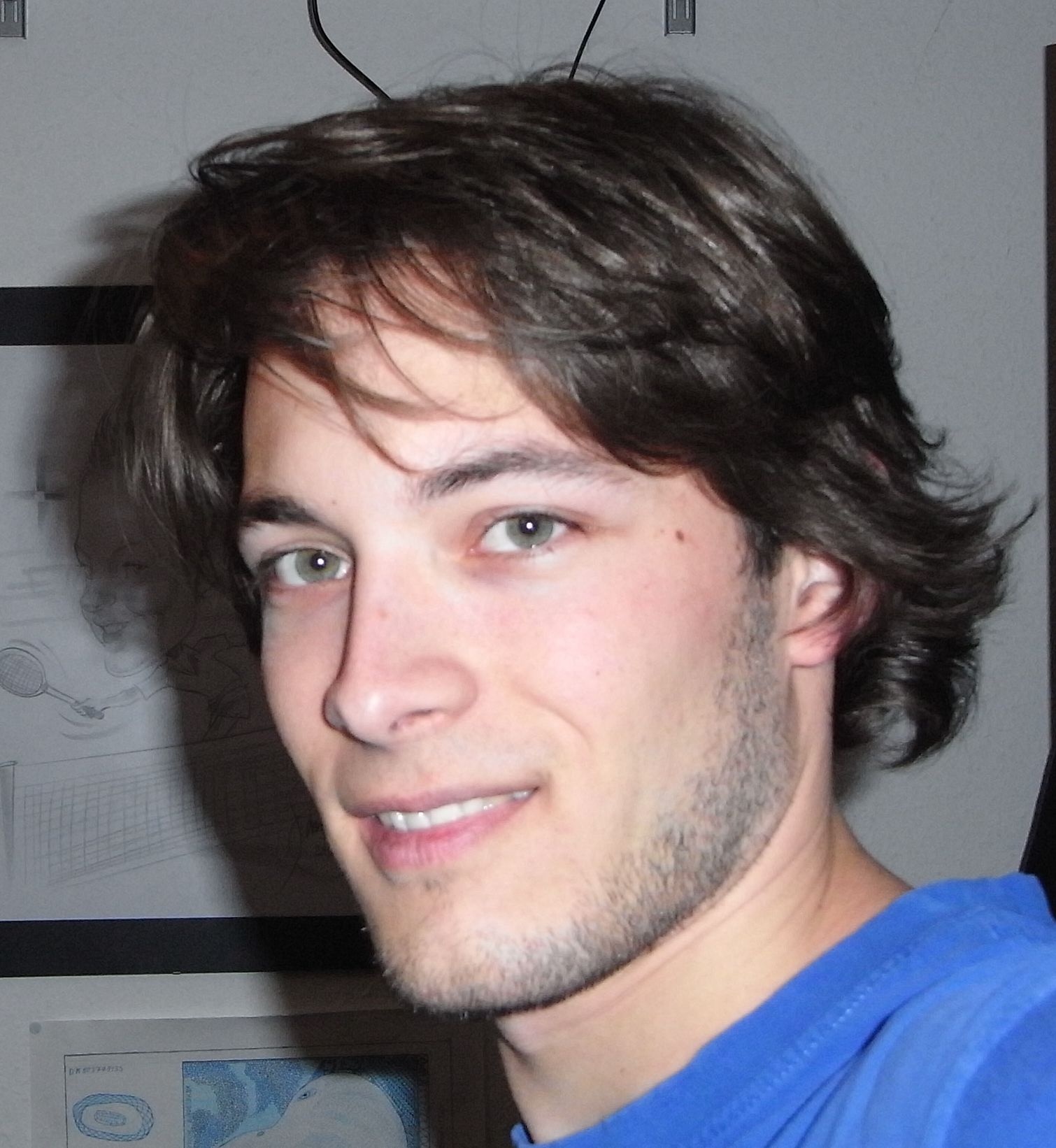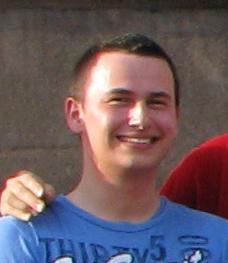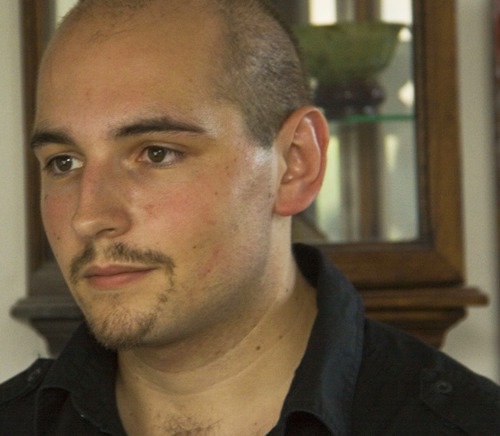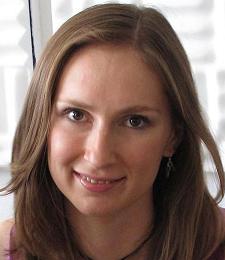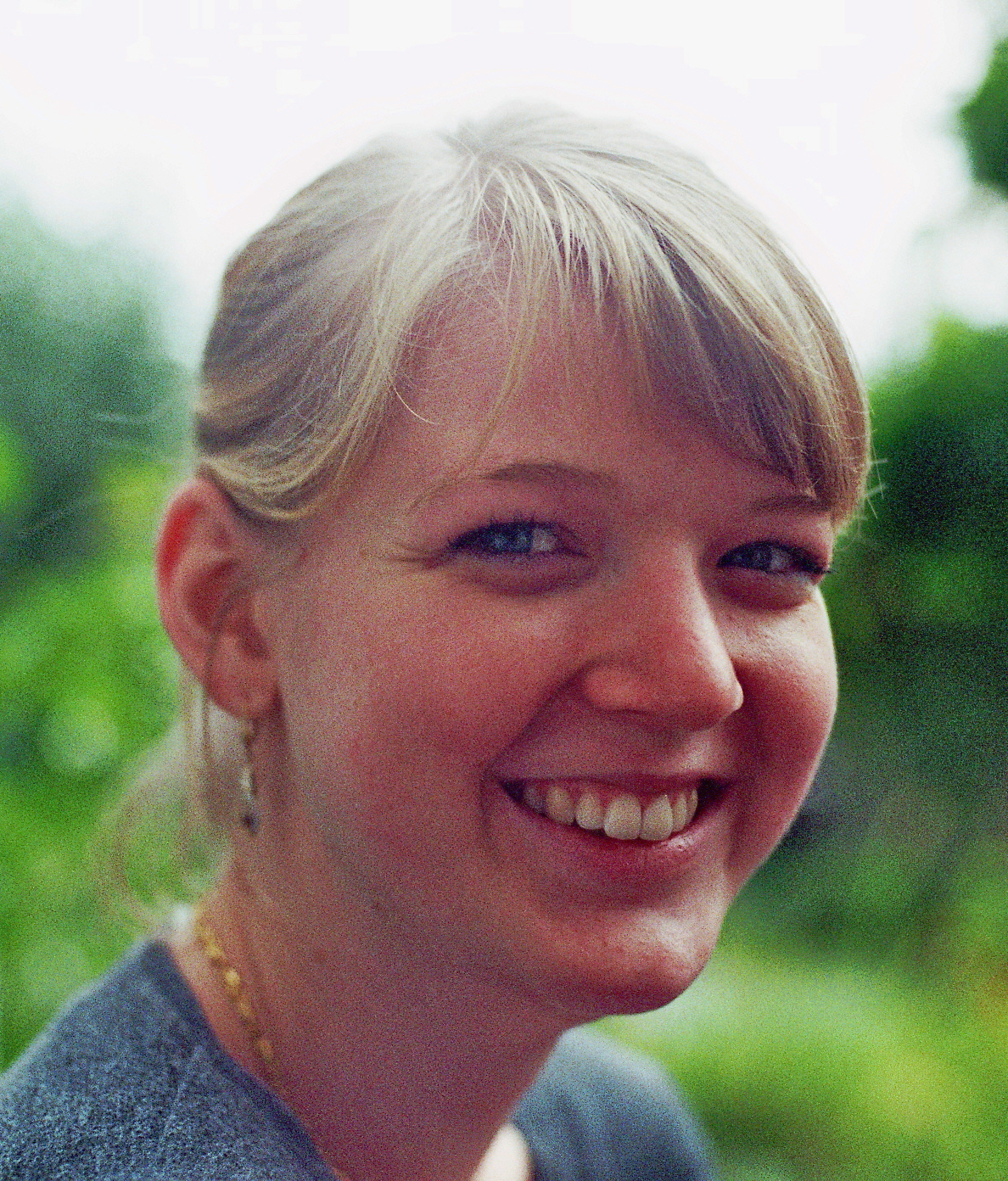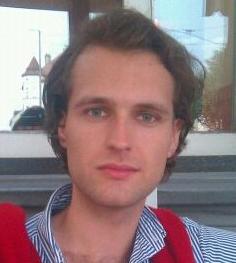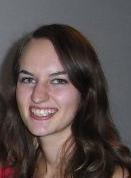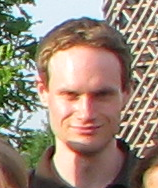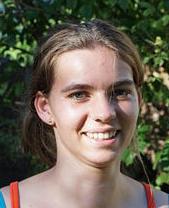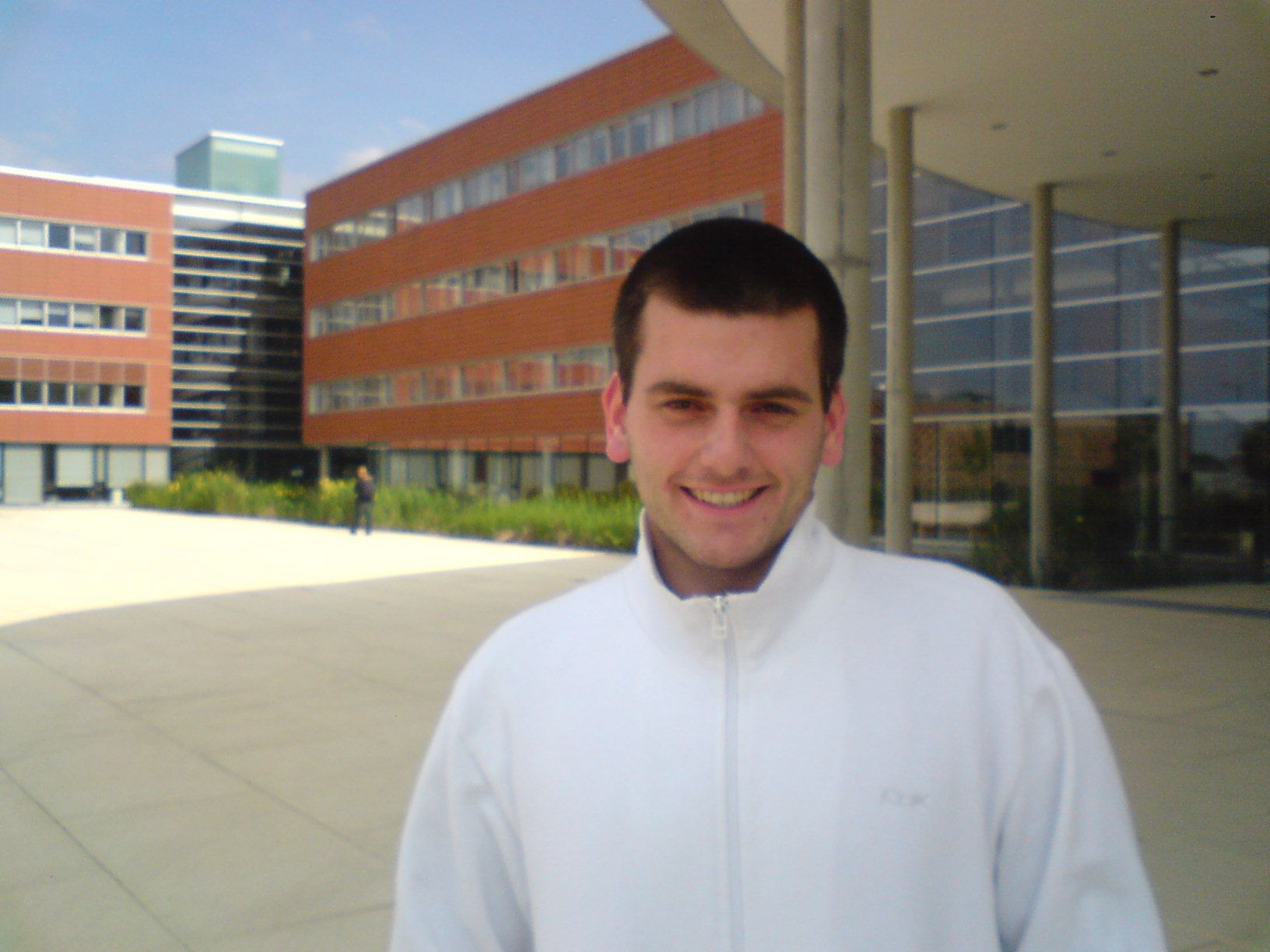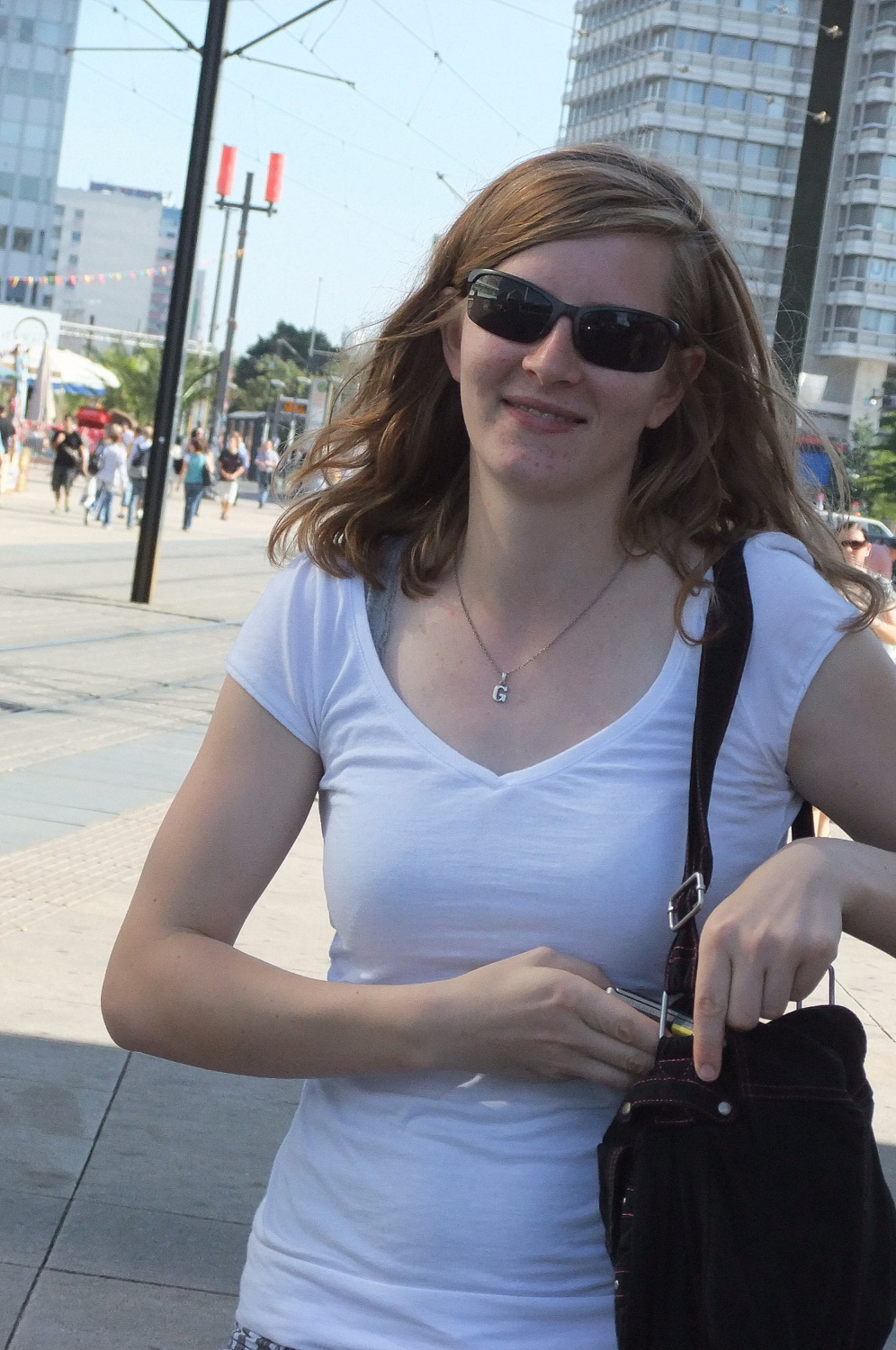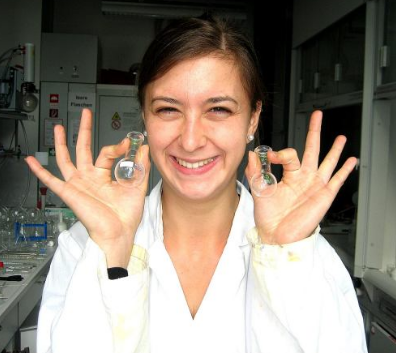Team:LMU-Munich/Team
From 2010.igem.org
MengzheWang (Talk | contribs) (→What we did) |
MengzheWang (Talk | contribs) (→What we did) |
||
| Line 128: | Line 128: | ||
If the colony PCR showed bands of the right size, the plasmids were extracted from overnight cultures and sequenced with forward and reverse BioBrick primers. | If the colony PCR showed bands of the right size, the plasmids were extracted from overnight cultures and sequenced with forward and reverse BioBrick primers. | ||
| - | In the end we succeeded in obtaining four sequenced BioBricks | + | In the end we succeeded in obtaining four correctly sequenced BioBricks. But since other necessary BioBrick sequences turned out wrong, neither of our systems could be completed and we were not able to test them in eukarytic cell lines. |
| - | In addition, we found out that | + | In addition, we found out that the CMV-promoter we ordered from the BioBrick registry was in fact a lacI gene, which resulted in the procrastination of our plan. We have sent the correction to the registry to facilitate future teams. |
| Line 144: | Line 144: | ||
*BBa_K368019: TEV-Protease+p14*+TEVrecognition site | *BBa_K368019: TEV-Protease+p14*+TEVrecognition site | ||
| - | <b> | + | <b>Supervisors</b> |
* Prof. Dr. Angelika Böttger : | * Prof. Dr. Angelika Böttger : | ||
| Line 152: | Line 152: | ||
** Human Bak: her assistant Erika Clement gave us appropriate cDNA | ** Human Bak: her assistant Erika Clement gave us appropriate cDNA | ||
| - | * Dr. Arnim Weber: | + | <b> Plasmid and sequence sources <b> |
| + | |||
| + | * Dr. Arnim Weber: provided us with human Bak plasmid | ||
* Dr. Philipe Soriano: <html> | * Dr. Philipe Soriano: <html> | ||
<a href="http://www.ncbi.nlm.nih.gov/pubmed/17225864?dopt=Abstract"> (Raymond CS et al: High-Efficiency FLP and PhiC31 Site-Specific Recombination in Mammalian Cells (2007))</a> | <a href="http://www.ncbi.nlm.nih.gov/pubmed/17225864?dopt=Abstract"> (Raymond CS et al: High-Efficiency FLP and PhiC31 Site-Specific Recombination in Mammalian Cells (2007))</a> | ||
</html> | </html> | ||
** Sequences of attB and attP site | ** Sequences of attB and attP site | ||
| - | ** PhiC31o was bought via | + | ** PhiC31o was bought via Addgene |
| - | * Knop | + | * Dr. Michael Knop:(Heidelberg): <html> |
<a href ="http://www.ncbi.nlm.nih.gov/pubmed?term=Efficient%20protein%20depletion%20by%20genetically%20controlled%20deprotection%20of%20a%20dormant%20N-degron">(Knop et al.: Efficient protein depletion by genetically controlled deprotection of a dormant N-degron (2009))</a> | <a href ="http://www.ncbi.nlm.nih.gov/pubmed?term=Efficient%20protein%20depletion%20by%20genetically%20controlled%20deprotection%20of%20a%20dormant%20N-degron">(Knop et al.: Efficient protein depletion by genetically controlled deprotection of a dormant N-degron (2009))</a> | ||
</html> | </html> | ||
| + | ** provided us with: | ||
** TEVrecognition site+N-degron+SF3b155 | ** TEVrecognition site+N-degron+SF3b155 | ||
** TEV-Protease+p14*+TEVrecognition site | ** TEV-Protease+p14*+TEVrecognition site | ||
| Line 171: | Line 174: | ||
* Prof. Dr. Andreas Brachmann: | * Prof. Dr. Andreas Brachmann: | ||
** Sequenced our samples | ** Sequenced our samples | ||
| - | * Partsregistry: | + | * Partsregistry provided us with: |
** eGFP (BBa_I714891) | ** eGFP (BBa_I714891) | ||
** CMV-Promoter (BBa_J52034: this part was wrong: its lacI !!!) | ** CMV-Promoter (BBa_J52034: this part was wrong: its lacI !!!) | ||
| Line 177: | Line 180: | ||
| - | + | As our project for human practice, we carried out a survey about synthetic biology on the general public at the Oktoberfest, LMU Munich and the Municipal Secretary: [[Team:LMU-Munich/Human practice|Human practice]] | |
== '''Where we are from''' == | == '''Where we are from''' == | ||
Revision as of 17:04, 25 October 2010
Team LMU iGEM 2010
We are a team constisting of biologists, biochemists, chemists and bioinformatics and four faculty advisors... The LMU team is competing for the first time.
Kemal Akman: Bioinformatics
Julia Bartels: expected BSc Biology, ApoControl, Pathway
Tobias Bauer: BSc Biology, Pathway
Alexander Buschle: BSc Biology, ApoControl
Benjamin Clanner: Chemistry and Biochemistry, pharmaceutical sciences, Pathway
Maria Katharina Drexler: BSc Biology, ApoControl
Erik Fumi: Chemistry and Biochemistry, Pathway
Tatyana Goldberg: BSc Bioinformatics, ApoControl
Franziska Häfele: expected BSc Biology, ApoControl
Corinna Hofer: BSc Biology, ApoControl
Nicolas Keller: Biology, Law, ApoControl, Pathway
Laura Kleinknecht: BSc Biology, ApoControl
Christina Krönauer: expected BSc Biology, Pathway
Marisa Kurz: Chemistry and Biochemistry, Pathway
Jens Popken: Biology, Pathway
Jara Radeck: Biology, ApoControl
Emanuel Stiegeler: BSc Biology, Pathway
Angelika Vetter: Biology, ApoControl
Sabine Wagner: Biology, ApoControl, Pathway
Mengzhe Wang (Grace): Biology, ApoControl
Short description of our work, our results and our supporters
Most genes and promoters were amplificated per PCR with overhang-primers with the BioBrick prefix or suffix. If the sequence contained a EcoRI-, PstI-, XbaI-, SpeI- or NotI- restriction site, we used mutagenesis primers and fused both DNA parts by fusion PCR. Fortunately all PCRs worked in spite of several problems with the touch down PCR and the fusion PCR.The PCR products were then tested by agarose gel electrophoresis if they are of the right length. We sequenced the plasmids due to poor results from PCR products' sequencing.
In parallel, we made competent cells and multiplied the ccdB (death gene)-vectors with different antibiotic resistances.
All components were then digested with the appropriate restriction enzymes. The PCR products were cleaned with a PCR purification kit and the ccdB-vectors were dephosphorylated to reduce false ligations.
We ligated our constructs and several intermediates with the 3A-assembly according to the schedule. The ligations were transformed to E.coli DH5α strains and selected by antibiotics. The colonies were later picked and the insertion of the construct was confirmed by colony PCR.
If the colony PCR showed bands of the right size, the plasmids were extracted from overnight cultures and sequenced with forward and reverse BioBrick primers.
In the end we succeeded in obtaining four correctly sequenced BioBricks. But since other necessary BioBrick sequences turned out wrong, neither of our systems could be completed and we were not able to test them in eukarytic cell lines.
In addition, we found out that the CMV-promoter we ordered from the BioBrick registry was in fact a lacI gene, which resulted in the procrastination of our plan. We have sent the correction to the registry to facilitate future teams.
The protocols we used are listed here: Protocols
The Biobricks we could submit:
Supervisors
Plasmid and sequence sources <b>
We are students at Ludwigs-Maximilians-University in Munich, Germany.


![]()
![]()







![]()
![]()

![]()
Who we are
Advisors
Undergrads
Who is in charge of what?
Press
Nicolas Keller, Marisa Kurz
Sponsoring
Sabine Wagner, Franziska Haefele
Pathway
Tobias Bauer, Emanuel Stiegeler, Benny Clanner
ApoControl
Julia Bartels, Jara Radeck, Mengzhe Grace Wang
Homepage
Tatyana Goldberg, Jens Popken
Coordination/Organisation
Jara Radeck
Contact
igemlmu@yahoo.de
What we did
To establish our two systems “Cut’N’Survive” and “Jump-Or-Die” for selecting cells by apoptosis, we first built the necessary constructs. Therefore we searched for sources of the DNA parts involved and several labs kindly supported us by sending the plasmids and sequences we needed, which are listed below.
Our notebook with detailed descriptions can be found here: ApoControl notebook
As our project for human practice, we carried out a survey about synthetic biology on the general public at the Oktoberfest, LMU Munich and the Municipal Secretary: Human practice
Where we are from
![]()
![]()

 "
"
